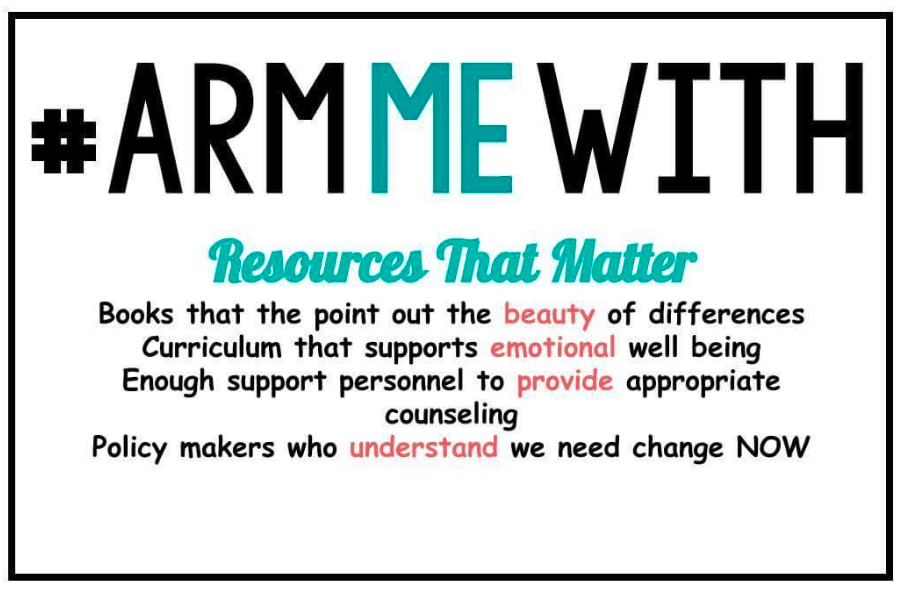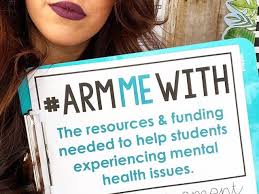
By Lindsay Burningham
In the wake of yet another devastating mass-casualty incident, this time in Parkland, Florida, educational leaders across the nation are calling for new gun-safety laws so that teachers and support personnel can focus on nurturing, mentoring, and inspiring students — not tasked with keeping them safe from school shootings. It’s time to end the cycle of violence, to listen to the voices of educators and students, and to urge our representatives to pass common-sense gun laws.
Our district is no stranger to these tragedies. Before serving as president of the San Diego Education Association, I taught at Ellen Browning Scripps Elementary, one of the many wonderful schools in the San Diego Unified School District. As a local educator, I am also aware of one of the darkest chapters in the district’s history, back in 1979. In January of that year, from her house directly across the street from Grover Cleveland Elementary, a 16-year-old opened fire, and 20 minutes of terror ensued.
As shots rang out, Principal Burton Wragg rushed to move children off the playground to safety; he was gunned down in the effort. Custodian and friend Mike Suchar attempted to save him; he, too, would be killed. After a six-hour standoff, two district employees were dead, and eight children and one police officer were injured. Despite her troubled history that included shooting out the windows of the same school with a BB gun, the assailant received the .22-caliber rifle with a scope as a Christmas gift from her father a month earlier.
Since that shooting, gun violence, while exceptionally rare, has increased on campuses nationwide. In the past, events were years apart, and infrequency led to atrophy. In recent years, the problem has gotten worse. Since 2009, there have been at least two school shootings per year in California, mostly involving student possession of firearms. National statistics are even grimmer; from Lakefront to Marshall County to Sandy Hook and Virginia Tech, these acts of violence in our classrooms have become all too common. Between 2013 and 2015, an average of two school shootings each month took place at K-12 schools nationwide, according to Everytown for Gun Safety.
Thoughts and prayers are important for healing, but they aren’t enough to keep our students and educators safe. We now know that it is up to communities, families, activists, educators, and the students themselves to stand up and demand that those elected officials who are trusted with protecting them do their jobs.
Arming teachers with anything except the support they need to effectively educate their students is a bad idea. All available data show increasing the number of guns not only increases chances of overall gun-related injuries and deaths, it does not ensure safety.

Five heavily-armed and well-trained Secret Service agents were surrounding President Ronald Reagan when he was shot in Washington D.C in 1981. In 1995, the Fort Bragg shooter’s rampage was on a military base where many military men were also armed.
Educators will do the educating in their classroom and leave that protection to professionals who are called to that important work. We want our students to be safe, but we also want them to feel safe.
As I ponder the heroic actions of school personnel at Grover Cleveland Elementary almost 40 years ago, I realize armed teachers in that circumstance would have made no difference. Victims never determined the location of the gunfire and were killed in service of their students.
If we care about securing our students’ futures, we must have a plan that will keep dangerous weapons out of the hands of dangerous people!
Lindsay Burningham is president of the San Diego Education Association.
The Discussion 0 comments Post a Comment